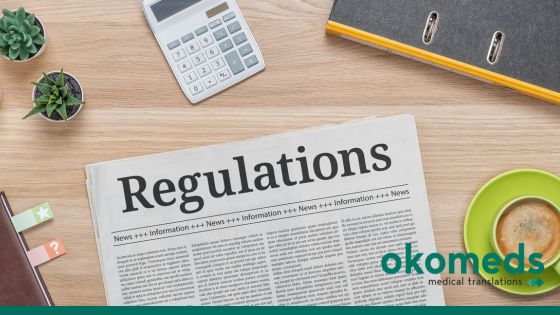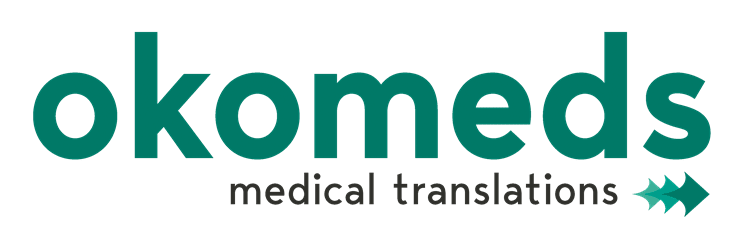
26 Nov How to Avoid Delays in EMA Submissions Due to Regulatory Translation Errors
Regulatory translations are a critical component of the medicinal product authorisation process in the European Union. If the preparation or review of language versions is poorly managed, by failing to follow official templates, skipping specialised linguistic review, or missing submission deadlines, the validation of the dossier could be significantly delayed.
What Regulatory Framework Governs Pharmaceutical Translations?
The European Medicines Agency (EMA) has established a mandatory linguistic review process to ensure consistency across all official EU language versions. This procedure applies in particular to product information documents, such as the Summary of Product Characteristics (SmPC), labelling, and package leaflets.
All language versions must be submitted at the precise point indicated in the regulatory timeline. If the multilingual dossier is incomplete or inconsistent, the EMA could suspend validation until the issues are corrected.
QRD Templates and Terminological Conventions
The Quality Review of Documents (QRD) templates are the official format for all product texts, and their use is mandatory for drafting and translating product information.
Each template includes standardised headings, expressions, and style conventions that must be followed in every EU language. Failure to comply could result in formal observations, revision requests, or even repetition of the entire validation process.
Language Requirements and Exceptions
Product information must be available in all official languages of the European Union, as well as in Icelandic and Norwegian. Only in very specific cases, such as orphan medicines or prescription medicines, can a translation exemption be requested, subject to approval by the EMA’s QRD group.
Main Causes of Delays Due to Translation Errors
- Incomplete or Late Delivery of Language Versions
Submitting translations after the deadline or failing to include all required languages could lead to the suspension of dossier validation.
- Noncompliance with the QRD Template
Using outdated template versions or omitting mandatory headings and standardised terms triggers formal observations and rework.
- Terminological or Stylistic Errors in Regulatory Submissions
The EMA’s linguistic review assesses terminology accuracy, alignment with the English master version, and adherence to stylistic conventions. An incorrect term or ambiguous phrasing could warrant correction and revalidation.
- Ineffective Version and Update Management
Changes to the source document, such as those following a CHMP round of questions, must immediately be applied across all language versions. Poor synchronisation between versions could create discrepancies that delay final approval.
Best Practices to Prevent Delays in Regulatory Translation
- Integrate Translation into the Regulatory Plan from the Start
Translation should not be treated as an afterthought but as a scheduled element within the submission timeline. Defining milestones for source document delivery, glossary validation, and linguistic review helps avoid last-minute bottlenecks.
- Apply QRD Templates and Official Glossaries Rigorously
Always use the most recent version of the QRD template and maintain a validated regulatory glossary to ensure consistency across all language versions. Terminological consistency is essential for acceptance by national authorities without any observations.
- Work with Translators Specialising in Pharmaceutical Regulatory Affairs
Only translators experienced in regulatory documentation (SmPC, leaflet, labelling) and familiar with EMA procedures can guarantee compliant, accurate translations. Their work should be complemented by a regulatory linguistic review to verify terminological and formal adequacy.
- Maintain Version Control and Traceability
Every modification to the source text must be recorded and synchronised across all languages. Using translation management tools with version control ensures consistency and minimises human error.
- Conduct a Final Verification Before Submission
Before submitting to the EMA, it is crucial to confirm that:
- All language versions are complete and up to date.
- The current QRD template has been used.
- The linguistic review was performed according to established procedures.
- No discrepancies exist between the English master and translated versions.
Regulatory translations are not a secondary task in the authorisation process; they are a key element of compliance. Delays caused by linguistic errors, inconsistencies, or formal non-conformities can directly impact approval timelines and a product’s market launch strategy.
Investing in specialised regulatory translations, robust quality processes, and strict adherence to EMA standards ensure precision, consistency, and on-time submissions.








Sorry, the comment form is closed at this time.